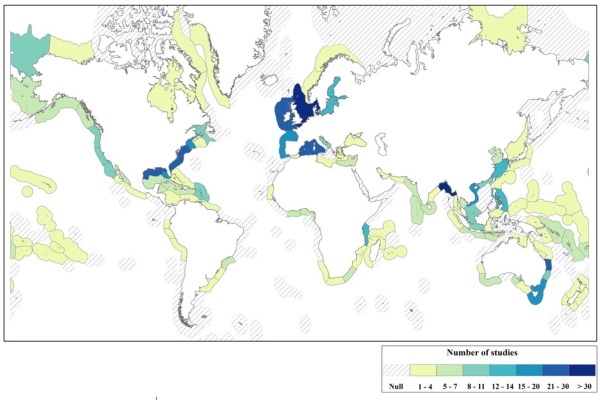Research Field: Earth & Environment
Climate change, the extinction of species, environmental pollution, and the increasing vulnerability of a technological society to natural disasters are among the greatest challenges of our time. We take a systemic approach to researching our natural environment – from the land surface and the oceans to the most remote polar regions. After all, it will only be possible to plot a course into a sustainable future with in-depth knowledge of the Earth system, innovative technologies, strategic solutions, and evidence-based recommendations for policymakers. More information at helmholtz
News
Synthesis and communication platform SynCom

image: UFZ
SynCom - Better Together
SynCom offers synthesis and communication in the Helmholtz Research Field Earth & Environment. The Earth & Environment Research Field of the Helmholtz Association has united its research in the “Changing Earth - Sustaining our Future” program. SynCom supports the synthesis of overarching research topics from the program and forms the interface in the dialogue between science, society, and politics.
The Helmholtz Earth & Environment Research Field includes, beside the Helmholtz-Centre Hereon, the Alfred Wegener Institute - Helmholtz Centre for Polar and Marine Research (AWI), the Forschungszentrum Jülich (FZJ), the GEOMAR Helmholtz Centre for Ocean Research Kiel, the Helmholtz Centre Potsdam — GFZ German Research Centre for Geosciences, the Helmholtz Centre for Environmental Research (UFZ) and the Karlsruhe Institute of Technology (KIT).
Participating institutes:
- Climate Service Center Germany (GERICS) Prof. Dr Daniela Jacob
- Institute of Coastal Environmental Chemistry Prof. Dr Ralf Ebinghaus
- Institute of Carbon Cycles Dr Helmuth Thomas
- Institute of Coastal Ocean Dynamics
- Institute of Coastal Systems - Analysis and Modeling Prof. Dr Corinna Schrum



